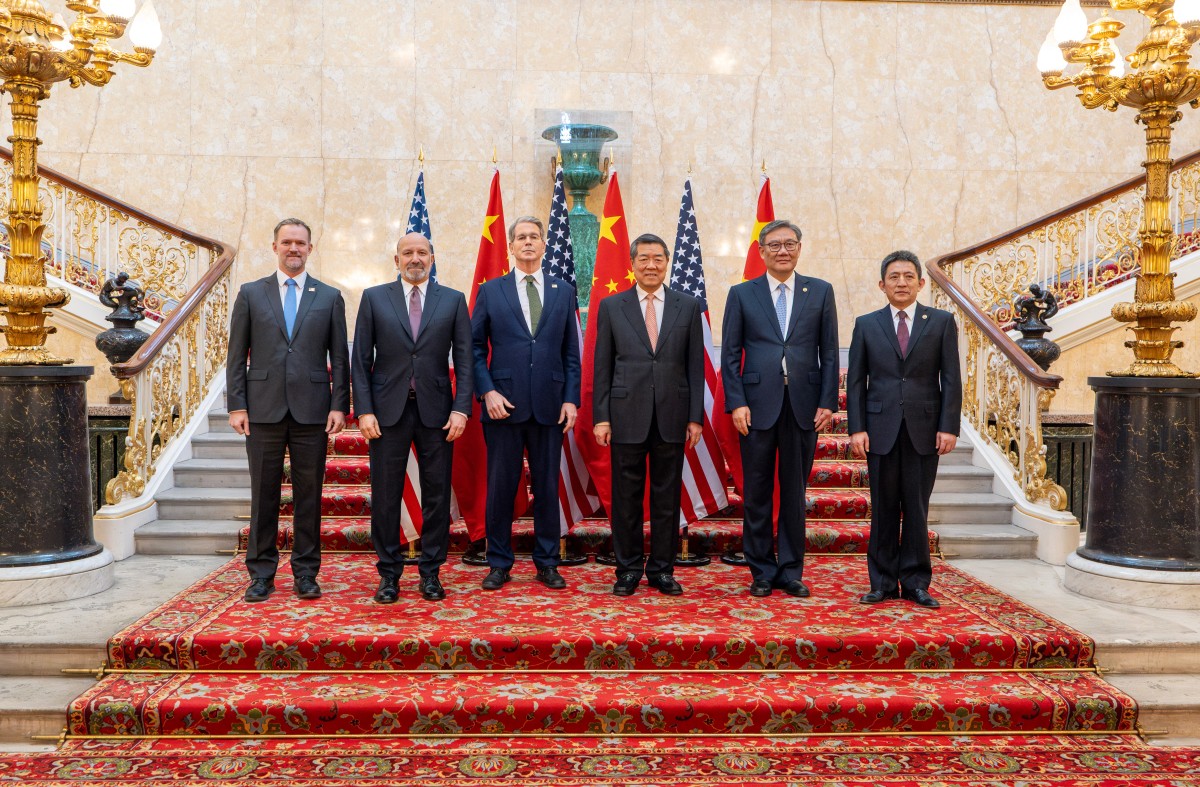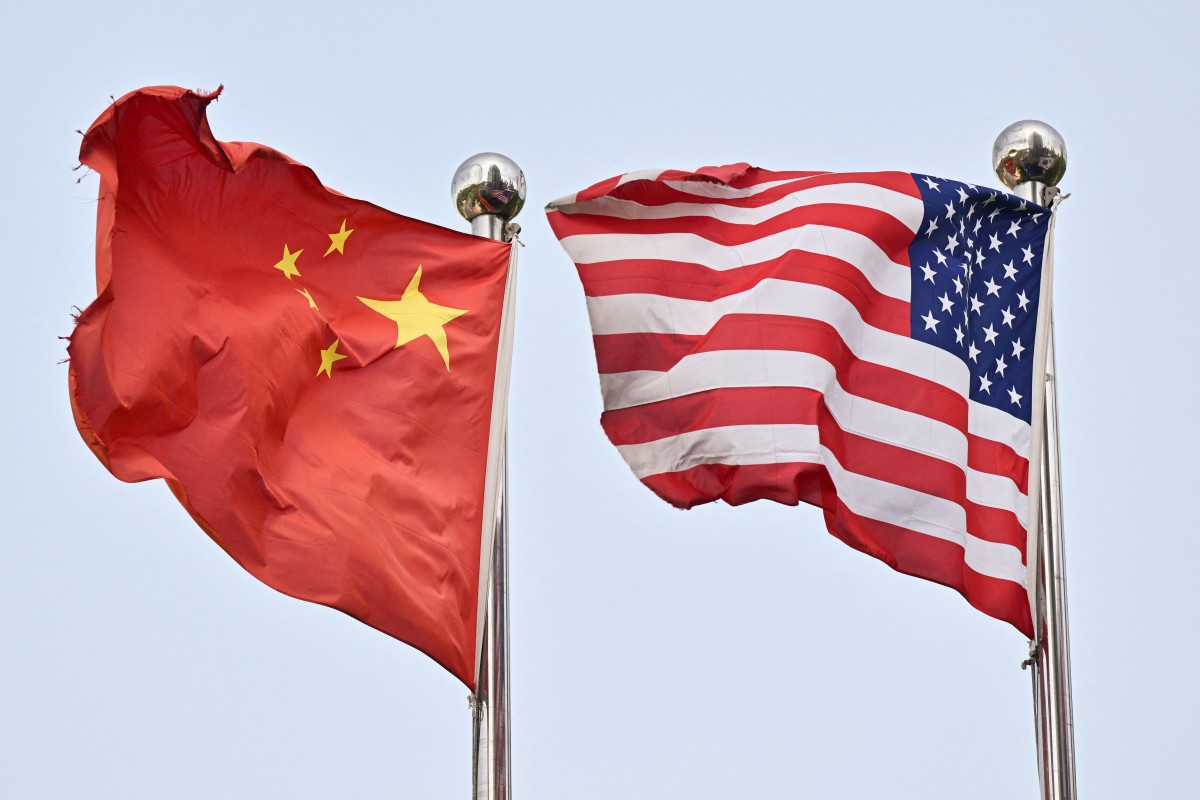
By Agence France-Presse
U.S. President Donald Trump touted “excellent” ties with China on Wednesday, June 11, saying the superpowers reached a deal after two days of talks aimed at preserving a truce in their damaging trade war.
Trump said on his Truth Social platform that China would supply rare earth minerals and magnets—vital elements for U.S. industries—while Washington would allow Chinese students to remain in American universities.
His post came after top United States and Chinese negotiators announced a “framework” agreement on Tuesday, June 10, following two days of marathon talks in London.
Nonetheless, the agreement would see some recent tariffs remain in place between the major trading partners, and details were sparse.
Trump wrote, “Our deal with China is done. It was still subject to final approval with President Xi (Jinping) and me.”
He said in a second post, “President Xi and I are going to work closely together to open up China to American trade.”

‘Right track’
After more than 20 hours of negotiations, U.S. Commerce Secretary Howard Lutnick said on Wednesday, June 11, that the talks were “on the right track.”
He told CNBC, on what should happen after Trump and Xi greenlit the deal: “They are going to approve all applications for magnets from United States companies right away.”
He added that Washington would lift its measures once Beijing acts, and that U.S. tariff levels on China would not change from here.
But Treasury Secretary Scott Bessent, testifying before several congressional committees on Wednesday, warned that a broader deal with China would be a “longer process.”
Bessent also noted it was possible to rebalance economic ties with Beijing if China proved a “reliable partner in trade negotiations.”
He said, “Other nations could see an extension of a pause on higher threatened tariff rates if they were deemed to be ‘negotiating in good faith’.”
Trump unveiled sweeping tariffs on most trading partners in April but halted steeper rates on dozens of economies until early July as negotiations are underway.
With China, Washington agreed to reduce tit-for-tat, triple-digit tariffs during talks in Geneva last month. But cracks appeared in the detente after Trump accused Beijing of violating the deal.
Washington was concerned at slower supplies of rare earths after Beijing began requiring domestic exporters to apply for a license in April—widely seen as a response to U.S. tariffs.
On Wednesday, the Wall Street Journal reported that China was putting a six-month limit on rare earth export licenses for U.S. automakers and manufacturers.

‘Candid’ talks
Rare earths are used in everything from electric vehicles to hard drives, wind turbines, and missiles.
On Truth Social, Trump said China will supply “full magnets, and any necessary rare earths” up front.
Washington has also raised Beijing’s ire by vowing to revoke the visas of Chinese students, a major source of revenue for U.S. universities.
On Wednesday, June 11, Trump said: “We will provide to China what was agreed to, including Chinese students using our colleges and universities.”
The U.S. President added that the United States applies 55 percent tariffs on Chinese goods. This is a combination of his 30 percent additional levies this year and the rough average of pre-existing duties, a White House official said.
He said Beijing charges 10 percent duties on U.S. goods.
The rates are the same as those that were previously agreed in the truce, which temporarily brought U.S. tariffs down from 145 percent and those imposed by China from 125 percent.
In a Chinese state media readout released Wednesday, Vice Premier He Lifeng, who headed Beijing’s team in London, stressed the need for both sides to strengthen cooperation in future dialogue.
Speaking to reporters in London, China International Trade Representative Li Chenggang said: “Our communication has been very professional, rational, in-depth, and candid.”
